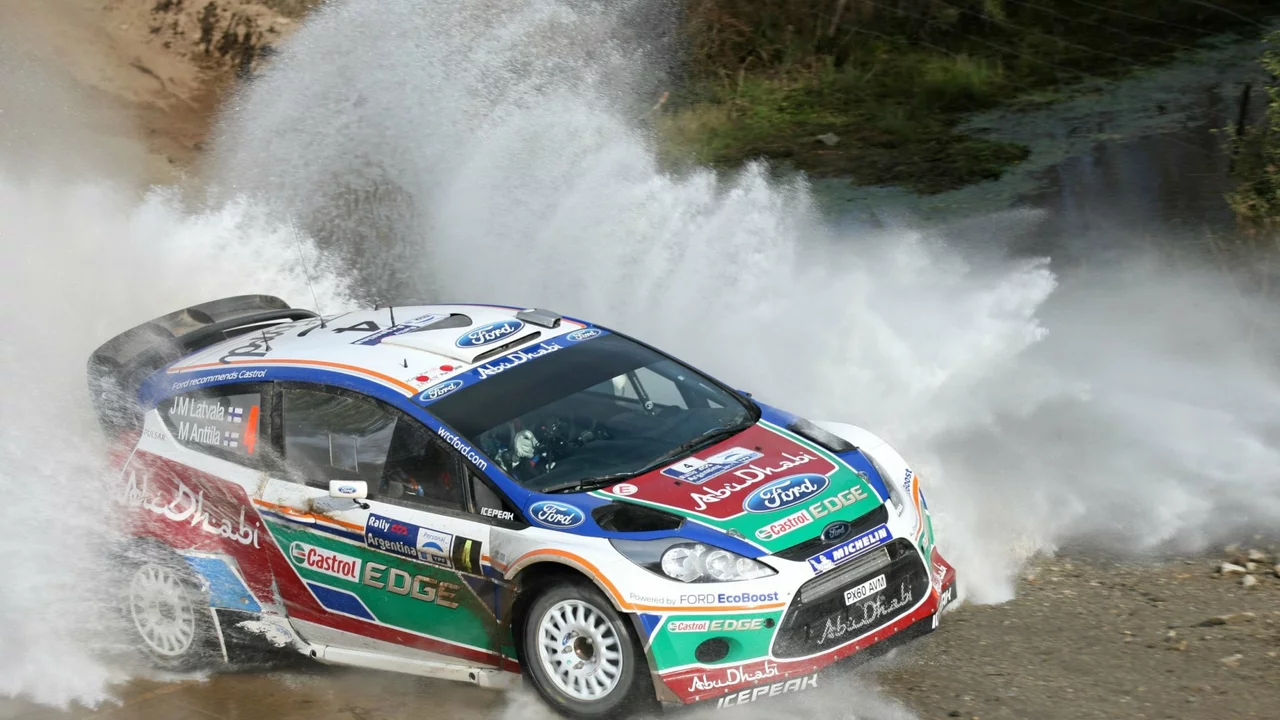Rally Driving Basics: Shifters, Speed, and Strategy Explained
If you’ve ever watched a rally and wondered how the drivers keep control on gravel, mud, and icy roads, you’re not alone. Rallying mixes raw power with clever tech, and a few simple tricks make all the difference. Below we break down the gear shifters, typical speeds, drivetrain choices, handbrake tricks, and the teamwork that keeps a rally car on the winning line.
What kind of shifter do rally drivers use?
Most rally cars are fitted with a sequential gearbox. Unlike a normal H‑pattern where you can jump from 2nd to 5th, a sequential box forces you to move up or down one gear at a time – think of it as a ladder you climb step by step. The driver pushes or pulls a small lever, and the next gear engages instantly. This system is fast, reliable, and lets the driver keep both hands on the wheel, which is crucial when you’re sliding around a corner at full throttle.
How fast do rally cars really go?
Rally cars can hit 120‑130 mph on straight sections of tarmac, but most of the action happens at lower speeds on mixed surfaces. On gravel you’ll see 80‑100 mph, while icy roads often limit you to 50‑70 mph. The key isn’t just raw speed; it’s about carrying momentum through tight bends and staying stable on unpredictable terrain. Drivers learn to balance throttle and braking so they can carry as much speed as the road allows.
Front‑wheel‑drive (FWD) cars often surprise people by performing well in low‑traction conditions. Because the engine’s weight sits over the driven wheels, FWD can pull the car through slippery snow or ice better than some rear‑wheel‑drive (RWD) setups. However, experienced drivers still rely on skill and smooth inputs, regardless of drivetrain.
One of the most iconic rally tools is the handbrake, sometimes called the “long stick” in casual talk. Pulling the handbrake locks the rear wheels, letting the driver spin the back end to initiate a tight pivot. It’s essential for sharp hairpins and for getting the car sideways on loose gravel. Mastering handbrake use separates a beginner from a seasoned competitor.
Rally isn’t a solo sport; you always have a co‑driver, also known as a navigator. While some veterans can memorize the route, the co‑driver reads pace notes that describe every corner, surface change, and hazard seconds before you hit them. This partnership lets the driver focus on steering, throttle, and braking while the navigator handles the split‑second instructions that keep you on the fastest line.
Finally, rally differs from rallycross in both format and vehicle prep. Rally is a point‑to‑point marathon across public roads, often lasting several days, while rallycross is a short, head‑to‑head sprint on a mixed‑surface circuit. Understanding this distinction helps fans and newcomers set the right expectations for each discipline.
Whether you’re thinking about jumping into a rally car or just want to impress friends with rally knowledge, these basics give you a solid foundation. Remember: sequential gearboxes keep shifts quick, handbrakes help you dance around tight corners, and a good co‑driver is the secret weapon for a smooth run. Now you’re ready to watch the next rally with a sharper eye and maybe even try a few of these techniques yourself.
How do I start learning rally racing as a teen?
So, you're a teen and you've caught the bug for rally racing, huh? Welcome to the adrenaline-fueled world of dirt and speed, kid! First things first, get yourself enrolled in a rally school. They'll teach you the basics and get you comfortable with high-speed maneuvers. You'll also need to learn about car mechanics, safety protocols, and the importance of teamwork. And remember, it's not just about being fast, it's about having fun and staying safe! So buckle in, it’s going to be a wild ride!
Read More

